Bends in scuba diving. Decompression Sickness in Scuba Diving: Symptoms, Treatment, and Prevention
How does decompression sickness occur in scuba diving. What are the symptoms of the bends. How to treat a diver with suspected decompression sickness. Why is denial the worst symptom of DCS. How to prevent decompression sickness while diving.
Understanding Decompression Sickness: The Silent Threat to Divers
Decompression sickness (DCS), commonly known as “the bends,” is a potentially life-threatening condition that can affect scuba divers. It occurs when dissolved gases, primarily nitrogen, form bubbles in the body’s tissues and bloodstream due to rapid pressure changes during ascent. These bubbles can cause a range of symptoms, from mild discomfort to severe neurological issues.
DCS can manifest even after seemingly uneventful dives within accepted no-decompression limits. However, it’s more likely to occur following rapid ascents or when flying too soon after diving. The risk increases with deeper and longer dives, as well as with repetitive diving over multiple days.

When do symptoms of decompression sickness typically appear?
Symptoms of DCS can manifest immediately after surfacing or up to 24 hours later. On average, divers experience symptoms between 15 minutes and 12 hours following a dive. This wide window emphasizes the importance of vigilance and self-monitoring after every dive, regardless of how routine it may have seemed.
Recognizing the Signs and Symptoms of Decompression Sickness
Early detection of DCS is crucial for effective treatment. Divers and their buddies should be aware of the following symptoms and signs:
Common Symptoms of DCS:
- Unusual fatigue
- Itchy skin
- Joint and muscle pain (arms, legs, or torso)
- Dizziness and vertigo
- Ringing in the ears
- Numbness and tingling sensations
- Paralysis
- Shortness of breath
Observable Signs of DCS:
- Blotchy rash
- Muscle weakness or paralysis
- Difficulty urinating
- Confusion or personality changes
- Bizarre behavior
- Staggering gait
- Coughing up bloody, frothy sputum
- Collapse or unconsciousness
It’s important to note that these symptoms can vary in severity and combination. Any unusual post-dive symptoms should be taken seriously and evaluated promptly.
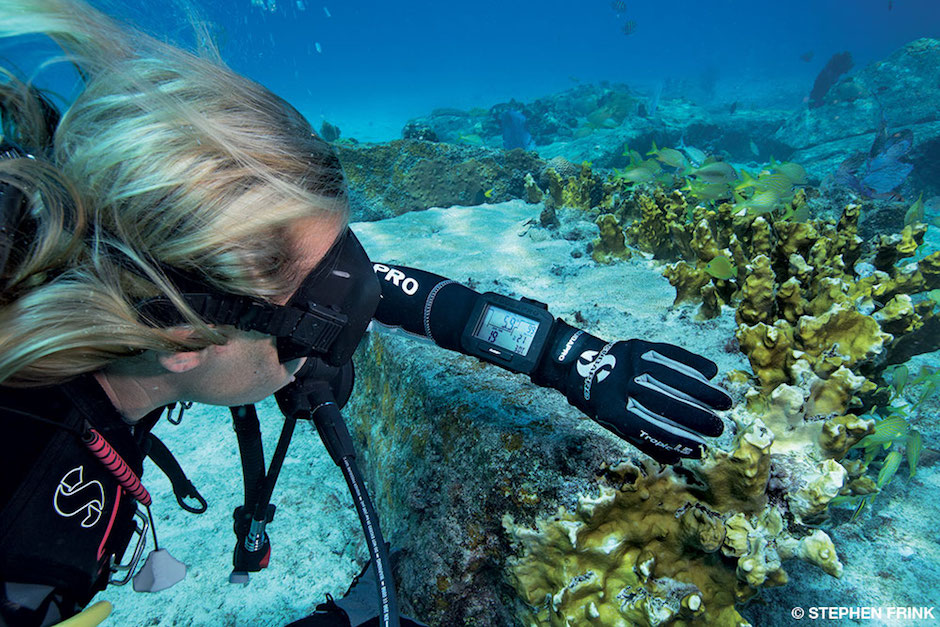
Immediate Response: Treating Suspected Decompression Sickness
When a diver is suspected of having DCS, quick and appropriate action can make a significant difference in their outcome. The first and most crucial step is to administer 100% oxygen immediately. This helps to reduce bubble size and enhance the elimination of excess nitrogen from the body.
How should you categorize the severity of DCS?
DCS cases can be classified into three categories based on severity: Emergency, Urgent, and Timely. This classification helps determine the appropriate response and treatment plan.
Emergency DCS:
Characterized by profound dizziness, intermittent consciousness, weakness, abnormal gait, or breathing difficulties. This is a serious medical emergency requiring immediate action:
- Administer 100% oxygen
- Contact emergency medical services
- Arrange emergency evacuation to the nearest medical facility
- Contact Divers Alert Network (DAN) for guidance
Urgent DCS:
Involves severe, constant, or increasing pain. The response should include:

- Administering 100% oxygen
- Providing fluids to the diver
- Contacting DAN or the nearest medical facility
- Conducting a neurological exam
- Gathering information about recent diving activity
Timely DCS:
Characterized by vague complaints of pain or abnormal sensations developing slowly over multiple days. The approach should be:
- Conducting a neurological assessment
- Collecting information about recent diving activity
- Contacting DAN or a medical professional for advice
- Seeking further evaluation at a medical facility
The Crucial Role of Information Gathering in DCS Treatment
When dealing with a suspected case of DCS, gathering comprehensive information can significantly aid medical professionals in diagnosis and treatment. While immediate treatment should not be delayed, try to collect the following details if time allows:
- Symptom onset times and progression after surfacing
- All first aid measures taken, including oxygen administration method and effect on symptoms
- Detailed description of any pain, including location, intensity, and changes with movement
- Photos and descriptions of any rashes
- Information about any traumatic injuries before, during, or after the dive
- Recent diving history (within 48 hours), including depths, times, ascent rates, surface intervals, and breathing gas used
This information can provide valuable context for medical professionals and help guide treatment decisions.

Denial: The Hidden Danger in Decompression Sickness
One of the most insidious aspects of DCS is the tendency for affected divers to deny or downplay their symptoms. This phenomenon, often referred to as “denial,” can have serious consequences.
Why is denial considered the worst symptom of DCS?
Denial in DCS cases is particularly dangerous because it leads to delayed treatment. When divers ignore or minimize their symptoms, they risk allowing the condition to progress, potentially resulting in permanent injury. Moreover, delayed treatment can prolong recovery time or, in severe cases, prevent full recovery altogether.
Several factors contribute to denial in DCS cases:
- Fear of appearing inexperienced or careless
- Concern about medical costs or insurance implications
- Reluctance to cut a diving trip short
- Misconceptions about the severity of symptoms
- Hope that symptoms will resolve on their own
It’s crucial for divers to understand that seeking prompt medical evaluation for suspected DCS is not an admission of fault or incompetence. Rather, it’s a responsible action that prioritizes health and safety.
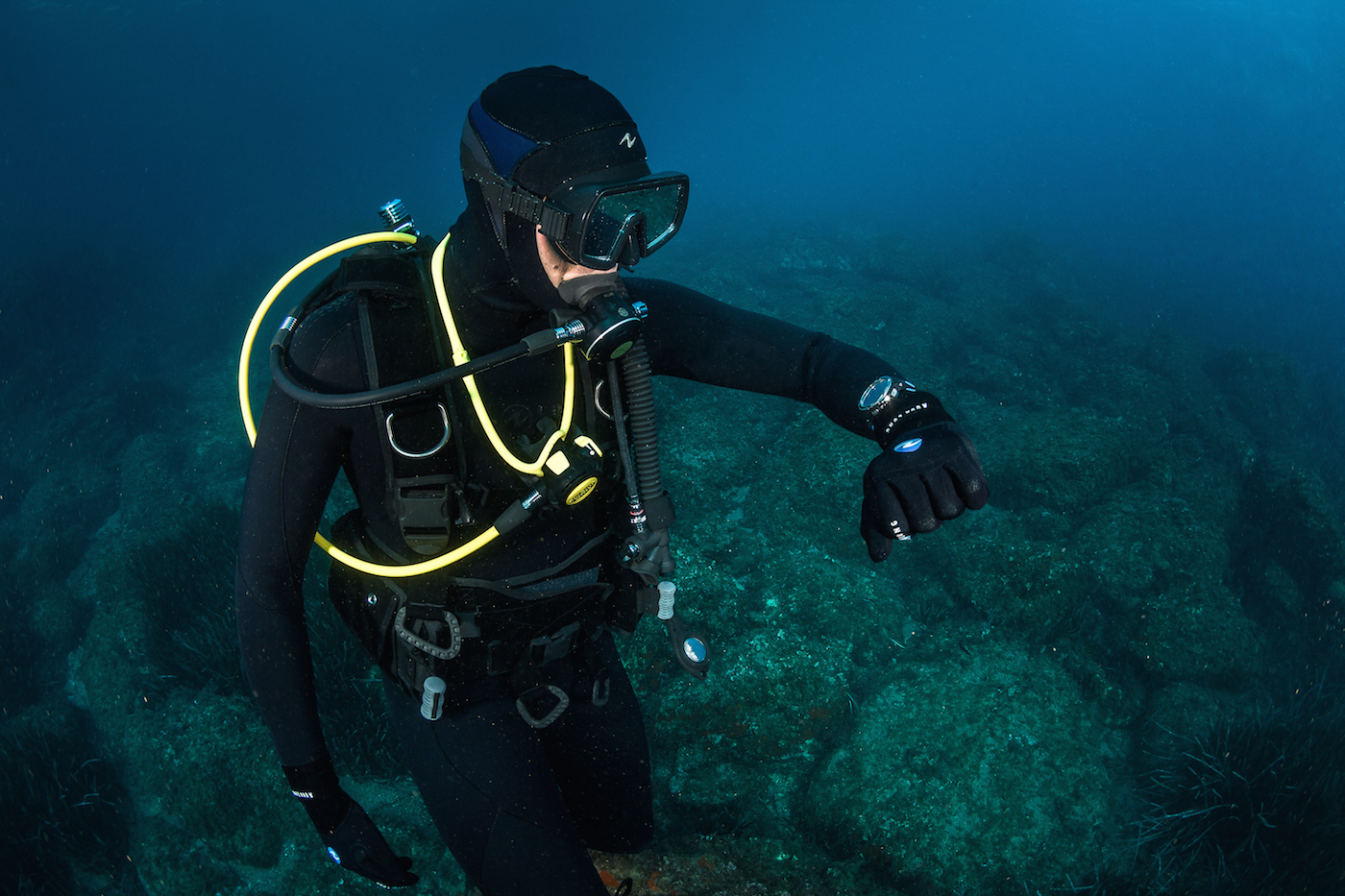
The Limitations of Emergency Oxygen in DCS Treatment
While emergency oxygen is a critical first-aid measure for suspected DCS, it’s important to understand its limitations. Oxygen administration can cause symptoms to temporarily improve, leading some divers to believe they’ve recovered fully.
Can emergency oxygen replace professional medical evaluation in DCS cases?
No, emergency oxygen is not a substitute for proper medical evaluation and treatment. While it can provide temporary relief and help mitigate the progression of DCS, it does not address the underlying physiological issues caused by bubble formation in the body’s tissues and bloodstream.
Even if symptoms appear to resolve after oxygen administration, divers should still seek professional medical evaluation. This is because:
- Symptoms may reappear later, potentially with greater severity
- Some effects of DCS may not be immediately apparent
- Professional evaluation can detect subtle neurological or physiological changes
- Proper treatment may involve recompression therapy, which cannot be administered outside a medical facility
Always contact DAN or a medical professional with training in dive medicine in cases of suspected DCS, regardless of whether symptoms seem to have resolved with oxygen treatment.

Prevention: The Best Approach to Decompression Sickness
While understanding and being prepared to respond to DCS is crucial, prevention remains the best strategy for divers. By following safe diving practices and understanding the factors that contribute to DCS risk, divers can significantly reduce their chances of experiencing this potentially serious condition.
What are the key strategies for preventing decompression sickness?
To minimize the risk of DCS, divers should adhere to the following guidelines:
- Follow conservative dive tables or computer algorithms
- Make slow, controlled ascents
- Perform safety stops on all dives
- Limit dive depths and bottom times
- Allow adequate surface intervals between dives
- Stay well-hydrated before, during, and after diving
- Avoid alcohol consumption before and immediately after diving
- Maintain good physical fitness
- Avoid flying or ascending to altitude for at least 24 hours after diving
- Consider using nitrox for longer bottom times (with proper training)
Additionally, divers should be aware of factors that can increase their individual risk of DCS, such as age, obesity, dehydration, and certain medical conditions. Consulting with a dive medicine specialist can help identify personal risk factors and develop appropriate mitigation strategies.
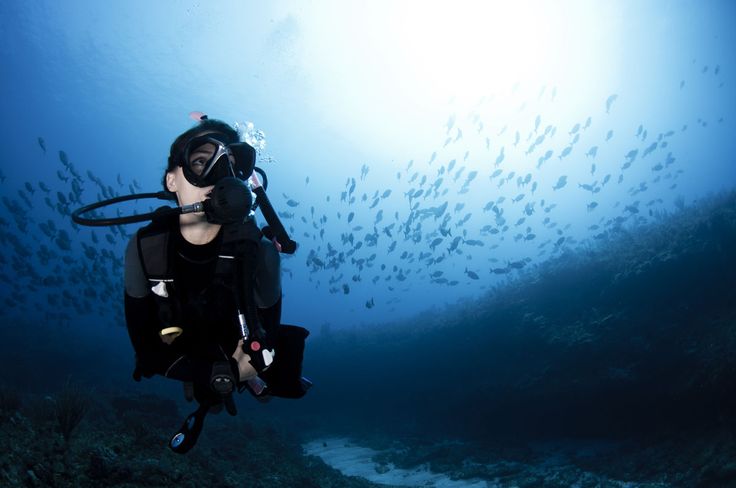
The Importance of Dive Insurance and Emergency Preparedness
Despite taking all necessary precautions, dive accidents can still occur. Being prepared for such eventualities is an essential part of responsible diving.
Why is dive insurance crucial for scuba divers?
Dive insurance offers several important benefits:
- Coverage for emergency medical treatment, including hyperbaric therapy
- Access to 24/7 emergency assistance and medical advice
- Coverage for evacuation and repatriation if necessary
- Peace of mind, allowing divers to seek prompt medical attention without financial concerns
Organizations like Divers Alert Network (DAN) offer specialized dive insurance policies tailored to the unique needs of scuba divers. These policies often include additional benefits such as coverage for lost diving equipment and access to dive medicine specialists.
How can divers enhance their emergency preparedness?
In addition to obtaining dive insurance, divers can take several steps to enhance their emergency preparedness:
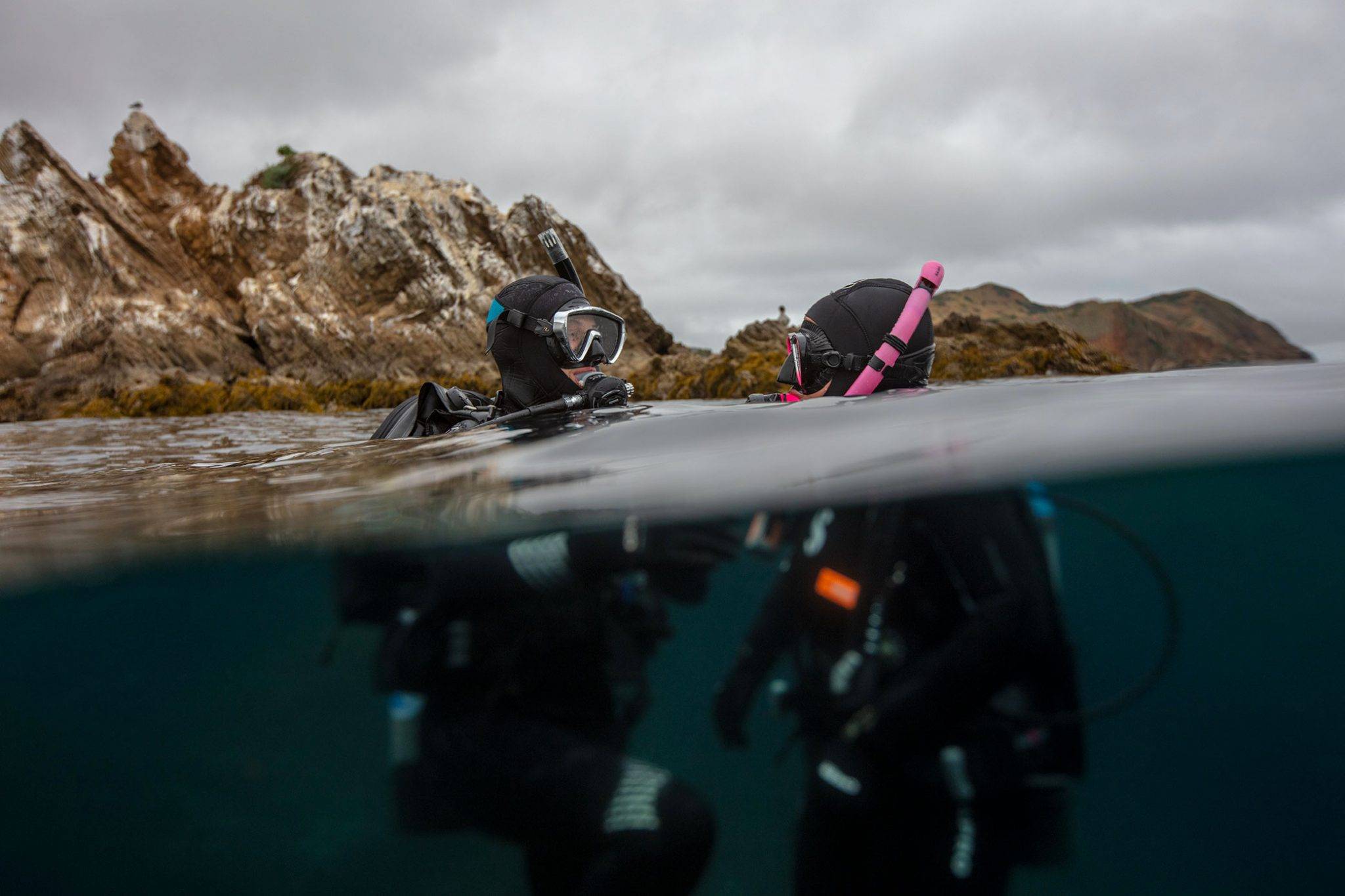
- Learn and regularly practice emergency procedures
- Maintain current first aid and CPR certifications
- Familiarize themselves with the locations of nearby medical facilities and recompression chambers at dive destinations
- Carry an emergency contact card with relevant medical information
- Invest in personal dive safety equipment, such as a dive computer and surface marker buoy
- Consider taking advanced training courses, such as rescue diver certification
By combining prevention strategies, awareness of DCS symptoms, proper response procedures, and comprehensive preparation, divers can significantly reduce their risks and enjoy safer, more confident diving experiences.
Treating Decompression Sickness (The Bends)
Decompression sickness (DCS) is one of the most common problems reported to Divers Alert Network® (DAN®). Although scuba diving accidents are rare, it’s important to know how to handle suspected cases of DCS. Your ability to take appropriate action can make a difference in the life of someone you care about.
What is Decompression Sickness?
DCS, also known as the bends, describes a variety of injuries that result from inadequate decompression following exposure to increased pressure. This can occur following uneventful dives within accepted no-decompression limits but is more likely after dives that involve a rapid underwater ascent. DCS can also be prompted by ascending in an airplane too soon after diving. When there is a rapid decrease in surrounding pressure, nitrogen absorbed by the body at depth comes out of solution, creating bubbles in the bloodstream and/or body tissues.
Symptoms of DCS can occur immediately after surfacing or up to 24 hours later. On average a diver with DCS will experience symptoms between 15 minutes and 12 hours following a dive.
On average a diver with DCS will experience symptoms between 15 minutes and 12 hours following a dive.
Symptoms of DCS
- Unusual fatigue
- Itchy skin
- Pain in the joints and/or muscles of the arms, legs or torso
- Dizziness, vertigo and ringing in the ears
- Numbness, tingling and paralysis
- Shortness of breath
Signs of DCS
- Blotchy rash
- Muscle weakness or paralysis
- Difficulty urinating
- Confusion, personality changes or bizarre behavior
- Staggering
- Coughing up bloody, frothy sputum
- Collapse or unconsciousness
How to Treat a Diver with Suspected DCS
If you suspect a diver has DCS, provide emergency oxygen right away. Next, determine the severity of their condition (emergency, urgent or timely) by following the guidelines below:
Emergency DCS
A diver who is profoundly dizzy, intermittently conscious, weak, walking with an abnormal gait or having trouble breathing is experiencing a serious medical emergency.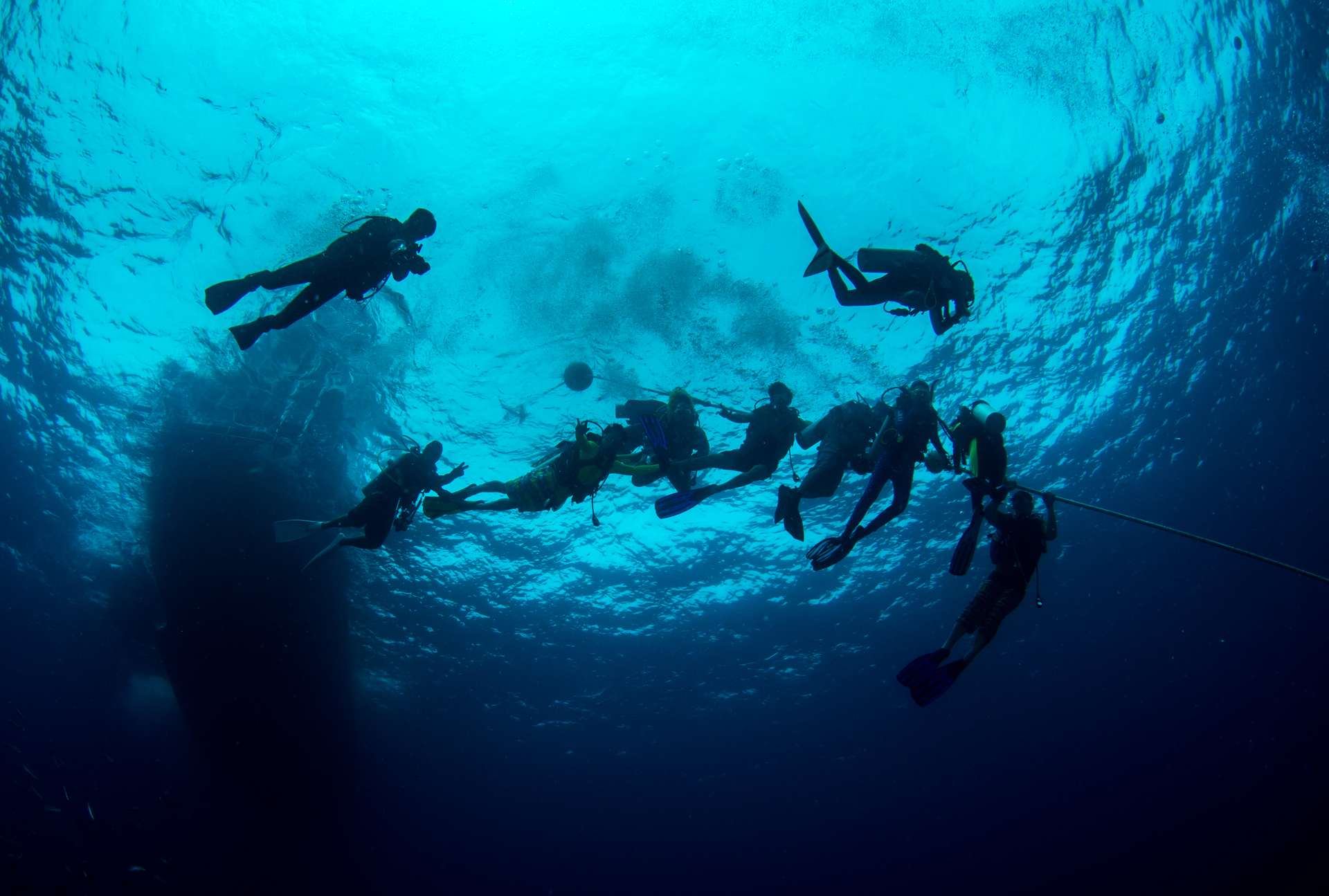 Administer 100 percent oxygen, and arrange emergency evacuation to the nearest medical facility.
Administer 100 percent oxygen, and arrange emergency evacuation to the nearest medical facility.
Always contact emergency medical services first, then contact DAN. Although a diver with severe DCS requires recompression, it is essential that he or she be stabilized at the nearest medical facility before transportation to a chamber.
Urgent DCS
A diver experiencing severe pain that is either constant or increasing should be placed on 100 percent oxygen and given fluids. The next step is to contact DAN or the nearest medical facility. Emergency air transportation may not be necessary in all cases. Do not give the diver analgesics (pain relievers) unless advised to do so by medical personnel.
After obtaining professional medical advice, conduct a neurological exam and write down as much information as you can about the diver’s recent diving activity. A neurological exam can be done by anyone; no medical experience or training is required. Simply follow the on-site neuro exam directions found here.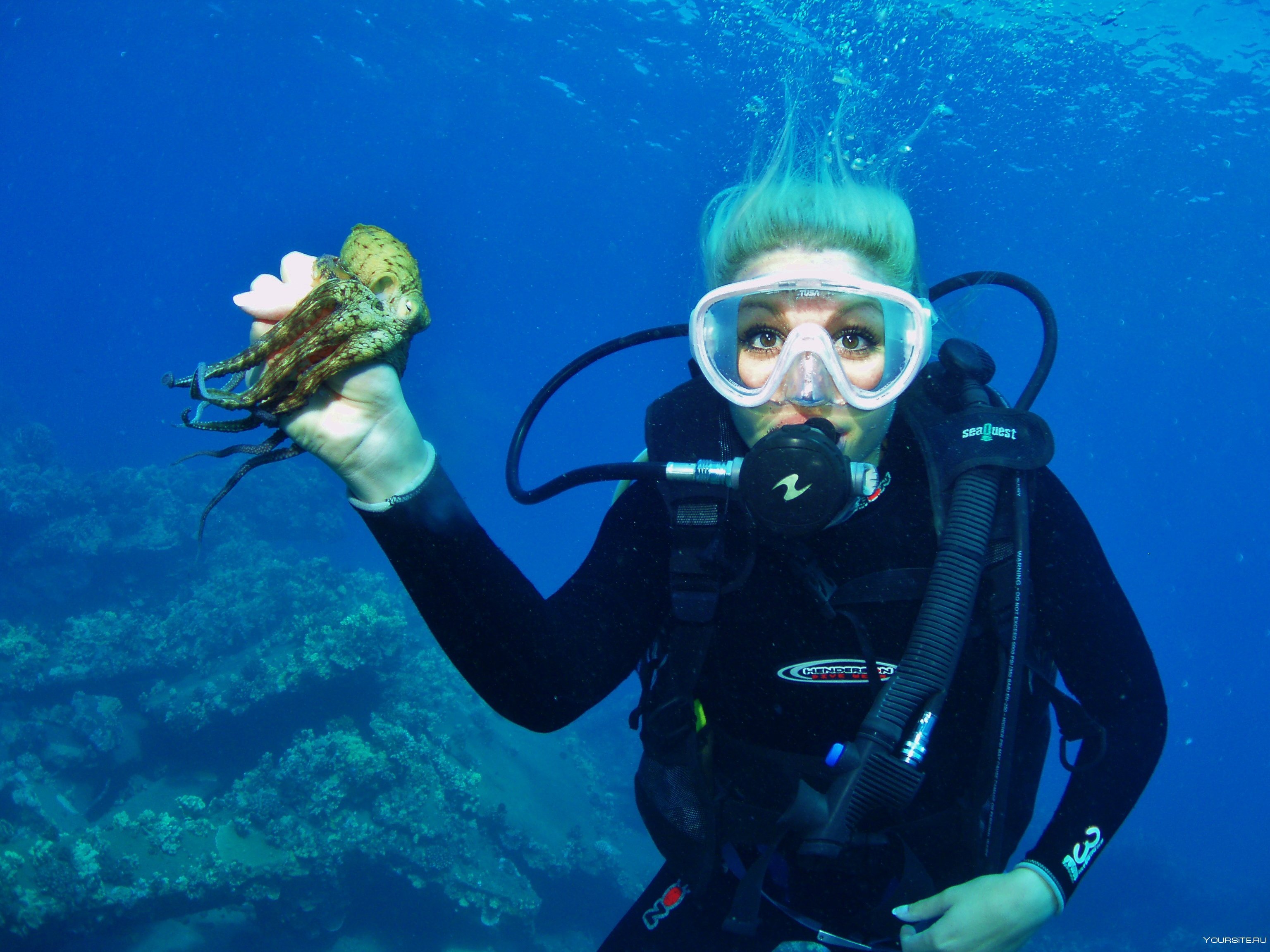 Ask the diver about any diving activities within the past 48 hours, including depths, times, ascent rates, surface intervals, breathing gas used and any problems experienced during or after the dives.
Ask the diver about any diving activities within the past 48 hours, including depths, times, ascent rates, surface intervals, breathing gas used and any problems experienced during or after the dives.
Obtain as much info as you can without delaying transportation to a medical treatment facility. If time allows, the following additional information may aid medical professionals with diagnosis and treatment:
- Symptom onset times and progression after the diver surfaced from their last dive
- A list of all first aid measures taken (including times and method of oxygen delivery) and their effect on symptoms
- A description of any joint or other musculoskeletal pain including location, intensity and changes based on movement or weight-bearing maneuvers
- Photos of any rashes with a detailed description of their location
- Information about any traumatic injuries sustained before, during or after the dive
Timely Cases of DCS
Divers who do not have obvious symptoms or whose symptoms develop slowly over multiple days may have a “timely” case of the bends. Common signs and symptoms may include vague complaints of pain or abnormal sensations.
Common signs and symptoms may include vague complaints of pain or abnormal sensations.
Follow the steps described previously under “Urgent DCS” to conduct a neurological assessment and collect information about the diver’s recent activity. Next, contact DAN or a medical professional, or go to the nearest medical facility for advice and further evaluation.
Denial: The Worst Symptom of DCS
Denial is arguably the worst “symptom” of DCS. Delayed treatment can lead to permanent injury and prolong (or even prevent) the diver’s full recovery. Emergency oxygen can cause symptoms to temporarily improve only to reappear later — it is no substitute for a medical evaluation. Always contact DAN or a medical professional with training in dive medicine in cases of suspected DCS — even if the symptoms and signs appear to have resolved.
Be Prepared, Get Insured
Dive accidents can happen to anyone, not just newly certified divers. According to a recent DAN Annual Diving Report, nearly 600 divers contacted DAN with concerns about DCS, and divers with 21-60 logged dives were the most likely to report a diving incident.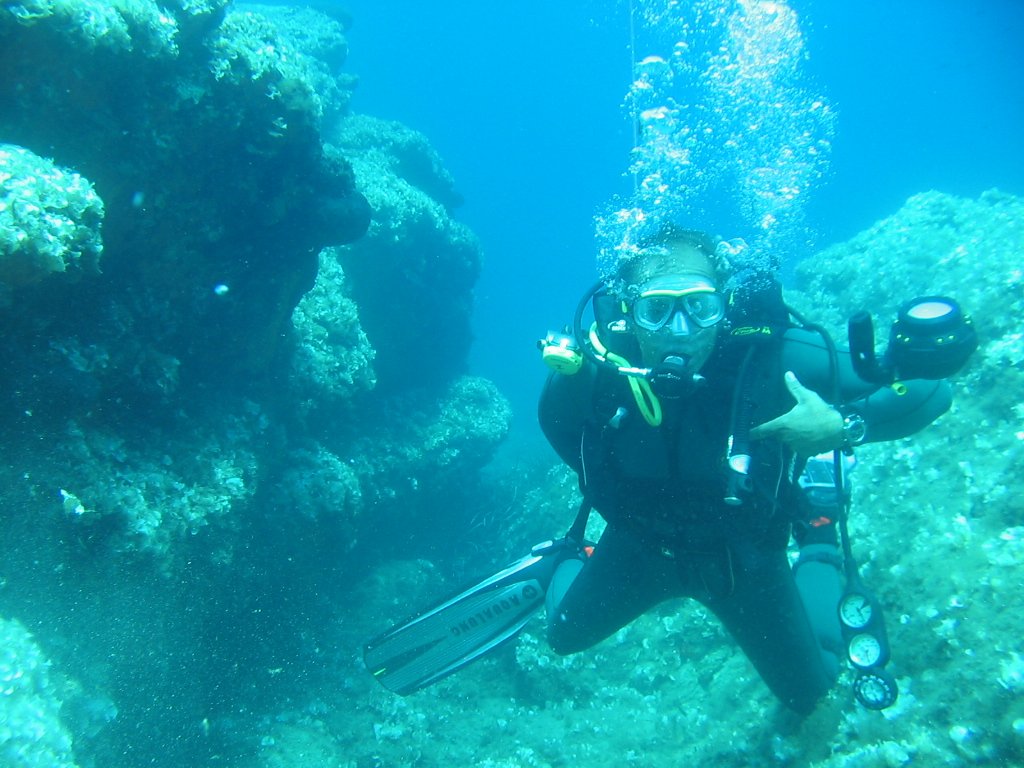 Learn more about the Top 5 Factors That Increase a Diver’s Risk of Getting the Bends.
Learn more about the Top 5 Factors That Increase a Diver’s Risk of Getting the Bends.
Many medical insurance plans cover only the cost of hyperbaric treatments and not the cost of getting you to the chamber (the average cost for an air ambulance is around US$20,000). Ensure you have protection against the unexpected by purchasing DAN Dive Accident Insurance.
Join DAN
What are the bends in scuba diving?
The bends – more properly known as decompression sickness – are something you need to be very aware of when scuba diving.
If you dive deep, if you dive for a long time or you come back up too fast, well…
That’s when decompression sickness can be a serious danger. In fact, in extreme cases, it can kill you.
But don’t worry:
In this article, you will learn all about decompression sickness, the symptoms of the bends and how to avoid them.
What is decompression sickness?
Decompression sickness (DCS) or “the bends” is also called Caisson disease.
It is caused when bubbles of gas (most commonly nitrogen) form in the body tissues due to changes of pressure which occur during scuba dives (or aerospace or high altitude events when the participants experience quick changes of pressure from sea level).
These bubbles can have a range of negative effects on almost any part of your body.
Why is decompression sickness called the bends?
When DCS was first discovered and written down in medical journals, the term “the bends” related specifically to the joint pain which is perhaps the most common symptom.
The other symptoms had similar colloquial names – such as “the chokes” and “the staggers” – as we’ll see below.
What causes the bends?
When you dive beneath the water, you experience greater pressure than you do when at sea level.
As you dive, the pressure may cause the gases in your air tank to dissolve into your body tissues. This is sometimes called “on-gassing.”
Then, as you come back to the surface, the pressure is reduced and the gases should slowly leave the tissue. This is often called “off-gassing.”
This is often called “off-gassing.”
However, if the ascent is too fast, the gas will not leave your body’s tissues safely. Instead, tiny bubbles of it will be formed and remain. This is what causes the bends.
Picture it like a bottle of soda. In the closed, pressurised bottle, all is well. You only see all of the carbon dioxide bubbles fizz out of the drink when you take the top off and release the pressure.
Although any kind of gas in a diver’s tank can be affected in this way, nitrogen is the problematic one. This is because your body has no use for nitrogen. All it does is build up in the tissues, prevent blood from flowing properly and stretch or damage the nerves.
The released gas can also cause an embolism, cause blood to coagulate or vasoactive compounds (these are natural agents in your body which decrease or increase blood pressure or heart rate) to be released.
The risk of DCS is increased by:
- The depth of the dive
- The duration of the dive
- The rate of ascent
Decompression sickness – symptoms
The symptoms of decompression sickness are usually found to affect the musculoskeletal and nervous systems.
They almost always develop within 48 hours of the dive (or another event) taking place. However, it is more common for them to develop within 6 hours or even within the first hour.
Some of the most common symptoms of the bends include:
- Joint pain – especially around major joints like the shoulders and elbows. The original name for this symptom alone was “the bends”.
- Weak or numb upper extremities – the fingers and forearms.
- Chest or abdominal pain – when the gas affects the torso. If this is worse when the affected diver is breathing in or it develops into coughing, breathing difficulties, blue lips or blue skin this is the most dangerous form of the condition and needs to be addressed immediately. This also went by the catchy name of “the chokes”.
- Lower back pain – divers suffering from DCS often find their spinal cord is affected.
- Weak, numb or even paralyzed lower body – this is again due to the dissolved gas affecting the lower back.

- Incontinence – if the gas affects the sphincter or urine valve.
- Fatigue – far more than any given activity should cause.
- Swollen glands – when the lymph nodes are affected by the gas.
- Confusion, decreased awareness or restricted or lost vision – these occur when the gases affect the brain.
- Difficulty walking or with balance – sometimes called “the staggers”, especially when paired with ear ringing, deafness or vomiting caused by the above symptoms.
A note on skin rashes
Skin rashes which are very itchy or which appear red or marbled in colour are often cited as being a symptom of the bends. They are sometimes colloquially known as “the creeps”.
However, these tend to be more related to pressure changes experienced by portions of the skin which were not properly covered by the wet suit.
They may also appear when someone is in the hyperbaric chamber. Again, this is because of pressure changes.
Decompression sickness – treatment
If you or anyone you dive with experiences any of the possible symptoms of the bends you should seek treatment for decompression sickness immediately.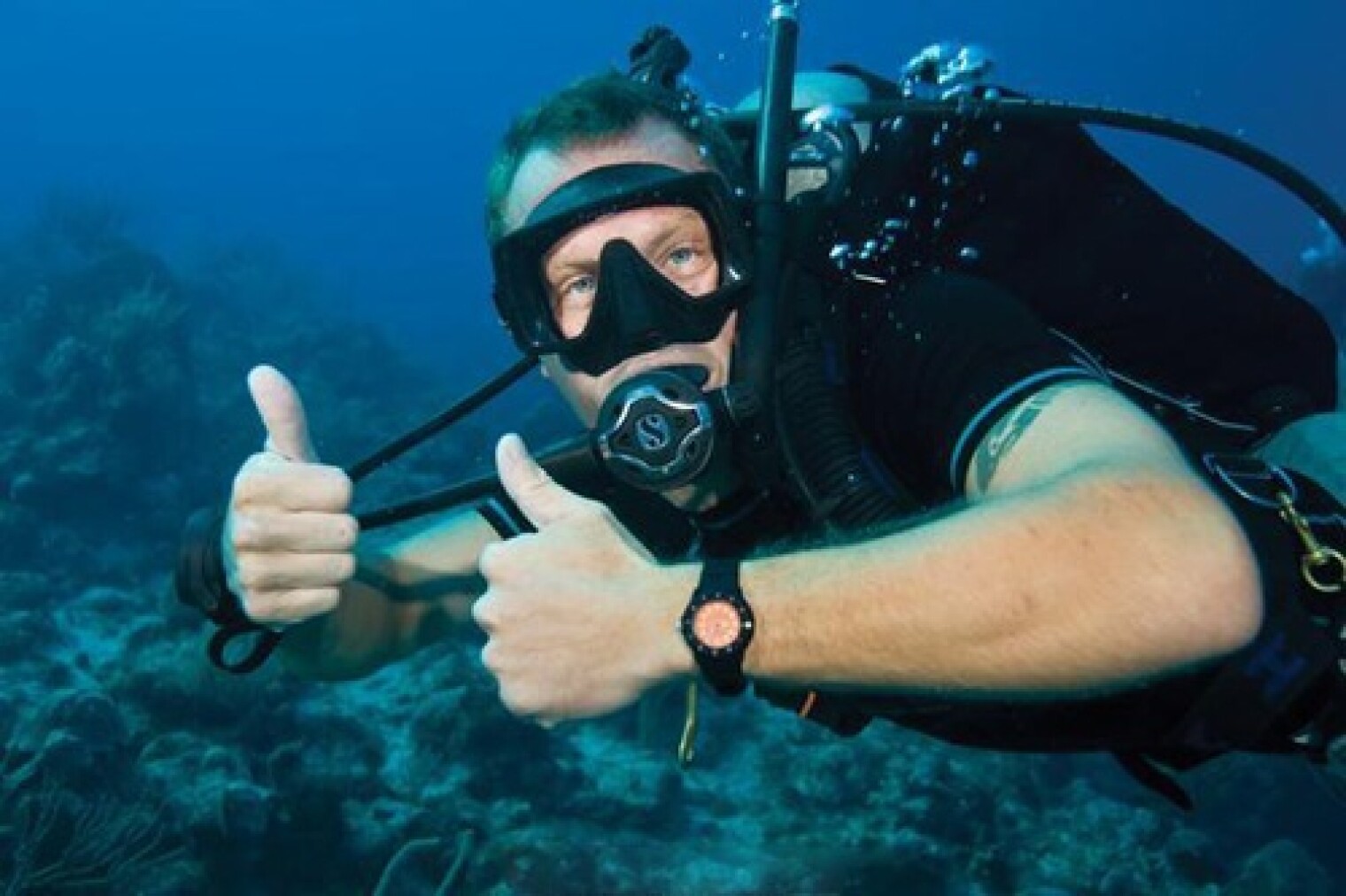
It is important to tell the doctor or staff at the emergency care facility you visit that you have been diving in the past 48 hours so that they know that DCS is a likely cause of your condition.
1) Professional treatment for the Bends
A hyperbaric re-compression chamber is the device required for treatment of DCS:
- Hyperbaric treatment can take as long as 12 hours or more depending on the severity of symptoms.
- The chamber is a pressurized environment which reduces the size of the bubbles and helps them to be reabsorbed.
- It also provides large amounts of oxygen to the damaged tissues.
Before treatment in the re-compression chamber, a doctor will usually test the person suffering from the condition and hook them up to IV and oxygen lines.
Afterwards, hospital admission for monitoring of their status is a likely outcome.
2) Emergency care for DCS
Calling the local emergency services should always be your first port of call when a case of the bends is reported.
Be sure that the professional you are speaking to understand:
- The diver has decompression sickness.
- They need to be transported lying flat on their back.
- If they are going to be airlifted, the vehicle should travel below 1000 feet if at all possible – or be pressurized to sea level.
- A hyperbaric chamber will almost certainly be required for their treatment, so in the hospital, they will be taken to needs to have one. You can search online for where the closest chamber to you is on the Divers Alert Network website.
If you absolutely cannot reach a hospital in time, there are a few things you can do to keep a person suffering from the bends stable until help arrives:
- 1. If they experience a drop in body temperature, keep them warm with blankets.
- 2. If you have an oxygen mask, put it on them.
Don’t dive until you’ve dived with the experts
Avoiding getting the bends is relatively simple:
Don’t go scuba diving without getting some proper instruction and supervision first. There are several organizations which will certify that you know how to dive safely.
There are several organizations which will certify that you know how to dive safely.
You want to be on the lookout for NAUI (National Association of Underwater Instructors) or PADI (Professional Association of Diving Instructors) courses to make sure you are getting qualifications which are recognized internationally.
At the Ko’ox dive shop here in Playa Del Carmen, we instruct fresh-faced new divers in how to scuba dive in safety each and every week with our PADI courses.
Get in touch with us before you take the plunge and we’ll show you how to dive safely – with no risk of getting the bends.
|
How to choose fins for scuba diving
Main function
Can I swim without fins? Undoubtedly. You can dive with a mask and without fins, enjoying the beauty of the underwater world.
But everything changes when we put on scuba gear. The weight of the cylinders under water is small, but the mass, i. e. the inertial force remains the same as on land – about 20 kg. In addition, rigid cylinders hinder freedom of movement.
e. the inertial force remains the same as on land – about 20 kg. In addition, rigid cylinders hinder freedom of movement.
The use of fins compensates for the difficulties encountered.
Properly fitted, comfortable and efficient fins make a big difference in a scuba diver’s comfort underwater.
The choice of the most suitable fin model depends on your tasks and your individual characteristics.
Fin elements
To assess the suitability of fins, we select two parameters:
- easy attachment to the leg;
- swimming efficiency.
The first is determined by the design of the foot pocket, the second by the design of the blade and the overall shape of the fin.
The variety of designs of galoshes comes down to two fundamental options: fins with closed and open heels.
The first ones are very comfortable when put on bare feet and provide the tightest connection between the fin and the foot.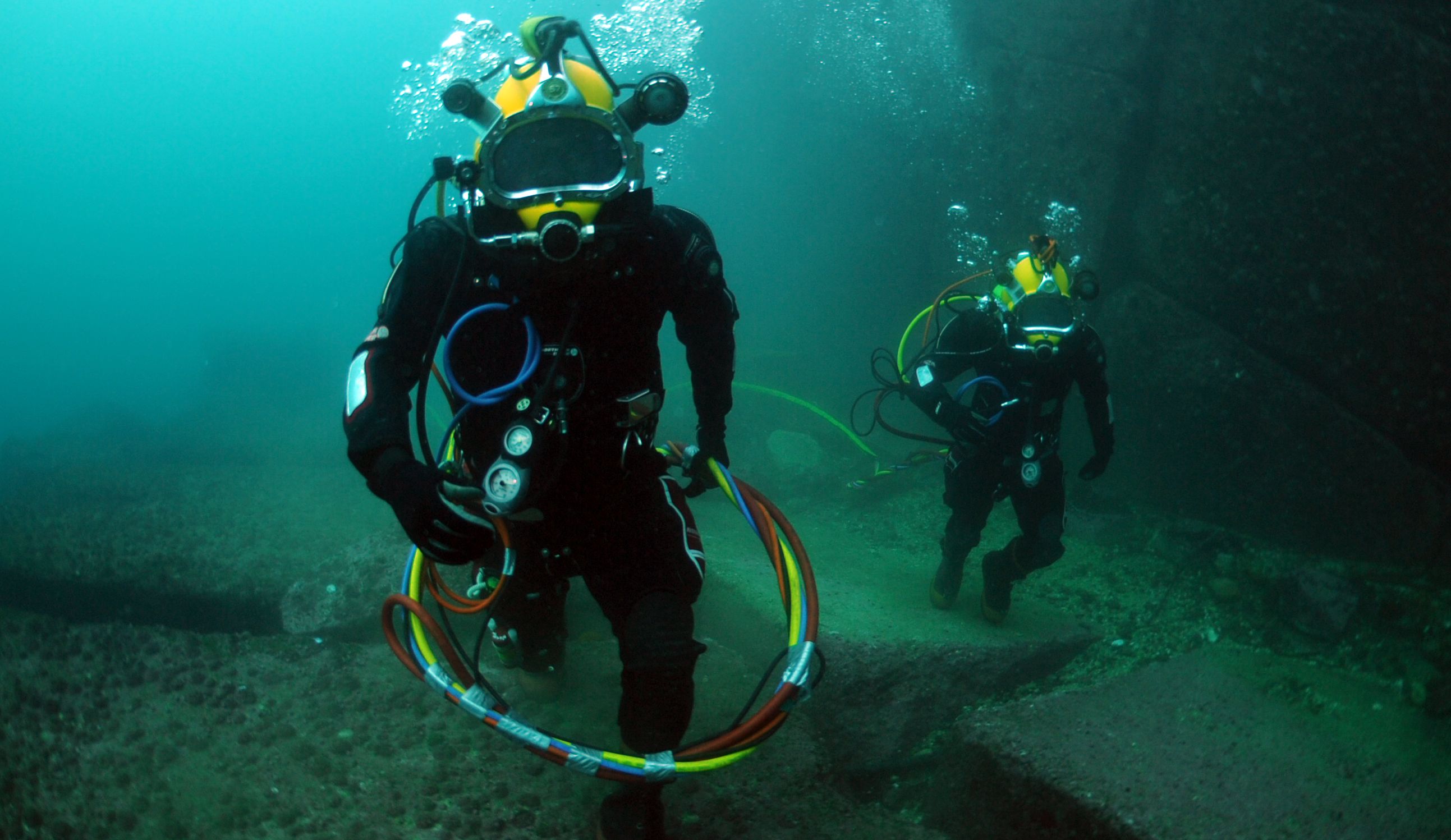
Open heel fins with a strap are more comfortable to put on over wetsuit boots. They are also called adjustable. Modern models of adjustable fins allow you to tighten and loosen the strap right on your foot.
The variety of fin blade designs is very large.
For fins, as for any engine, efficiency is extremely important, i.e. the ratio of useful work to energy expended.
Under water, everything is measured by air: the more energetic the physical work, the greater its consumption. The more efficient the fins, the less air is needed to cover a certain distance.
Other things being equal, the efficiency of the fins and their suitability to your individual needs can change the air flow rate by 20 – 30%. Accordingly, the time spent under water will change by the same amount.
Long fins with blades made of thin, elastic and rather rigid plastic and rubber galoshes have excellent hydrodynamic properties.
In terms of speed, these fins outperform the vast majority of other models and are optimal for swimming without scuba gear. It is no coincidence that underwater hunters all over the world prefer fins of this design.
It is no coincidence that underwater hunters all over the world prefer fins of this design.
Scuba divers, on the contrary, rarely use them, as they lose to smaller fins in maneuverability. For swimming with the device, fins with shorter blades made of a similar material are produced.
Another way to increase efficiency is with windowed fins. What is their meaning?
During stroke, a zone of increased pressure is created on one side of the rowing surface, and a zone of reduced pressure on the other. The resulting eddy currents along the edges of the fin create additional drag.
Slots at the base of the blade allow water to pass through, reducing pressure differences and thereby reducing eddy currents.
This design does not increase the speed imparted by the fins, but reduces the effort during the stroke.
Significantly increases the efficiency of fins when using the tunnel effect.
During the stroke, a certain amount of water inevitably rolls to the sides, not participating in the creation of the forward movement of the diver.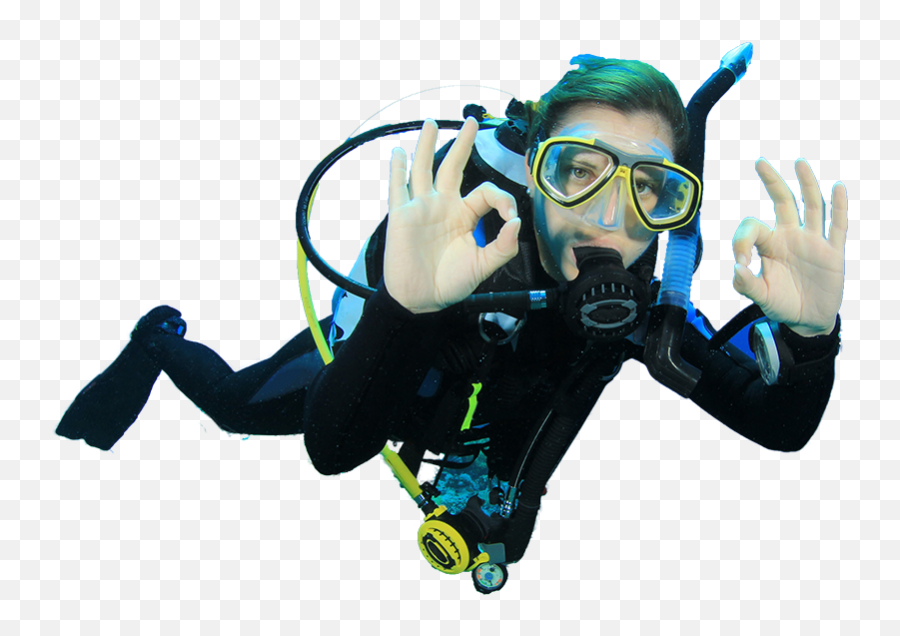
If the inside of the fin blade is made of a softer material than the sides, the fin flexes during the stroke, creating a trough that orients the flow of water in the desired direction, thereby reducing the amount of water that rolls down empty.
Another way to create a tunnel effect is to divide the plastic blade with 2 – 4 longitudinal rubber grooves that allow transverse bending.
A variation of the tunnel effect is the spoon or ladle effect achieved by a wedge-shaped insert of softer material or rubber grooves of different lengths.
Today, tunnel effect fins are the most popular among scuba divers.
Choosing fins
How to choose fins? First, you need to make a choice between closed or open heel fins.
For swimming, speed swimming or spearfishing, it makes sense to choose the first option.
If you are serious about scuba diving, we recommend purchasing open-heel fins with adjustable straps and neoprene socks or boots, as without them, swimming with adjustable fins is extremely uncomfortable and often causes blisters.
Now about the choice of a specific model.
Overall design and color variations are important, but more important is the hydrodynamic properties of the fins.
Depending on your physique and physical abilities, one or another fin will be most comfortable for you.
We offer the following test to help you make the right choice. All you need is a swimming pool or an open body of water.
Put on your mask and fins, calm your breath and dive a fixed distance close to your limit on one breath. For someone it will be 25 m, for someone – 50 or more.
Relax and repeat the experiment with other fins. Choose those with which this exercise is given to you the easiest.
They don’t necessarily reach maximum speed, thereby reducing diving time, but they convert your energy into forward movement in the most beneficial way, which means they will be the best way to save air when diving.
Fins Instructions for use
If the fins do not have metal parts, it is not necessary to rinse them with fresh water after every sea dive, but it is advisable to do this before a long break in use.


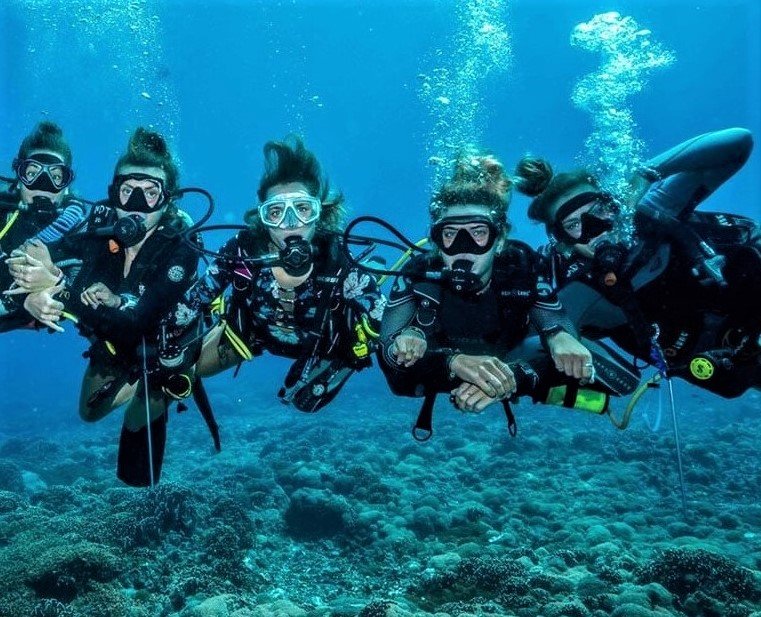 And the load on a person when diving with a complete scuba gear is by no means small – about 20 kg. In addition, do not forget that the cylinders behind the shoulders significantly hinder the movements of the diver.
And the load on a person when diving with a complete scuba gear is by no means small – about 20 kg. In addition, do not forget that the cylinders behind the shoulders significantly hinder the movements of the diver.
 This happens due to the fact that the water passing through the holes reduces the pressure difference that occurs when the foot is stroked.
This happens due to the fact that the water passing through the holes reduces the pressure difference that occurs when the foot is stroked.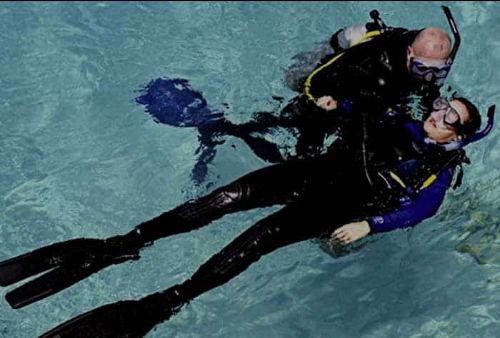 But before each subsequent dive, if possible, they should still be rinsed with fresh water, especially after they have been stored for a long time.
But before each subsequent dive, if possible, they should still be rinsed with fresh water, especially after they have been stored for a long time.